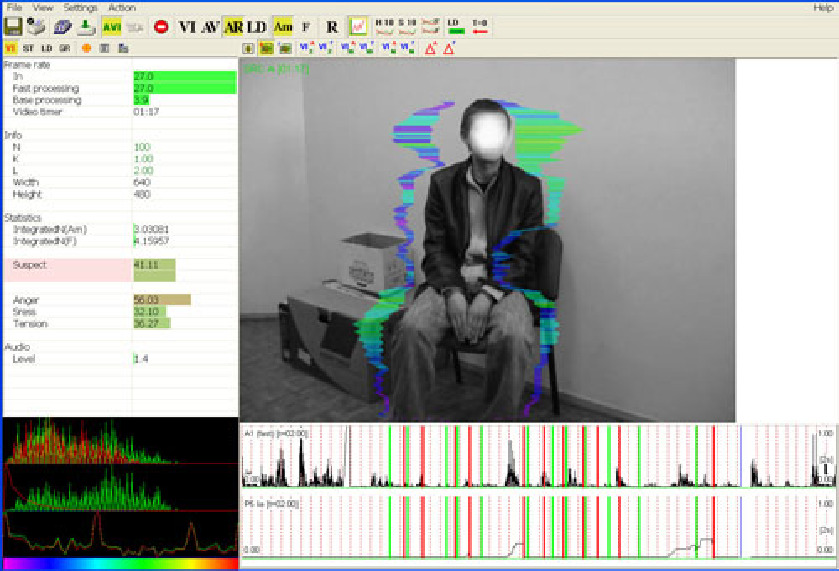Unmasking Deception: The Truth About Lie Detector Tests
Unmasking Deception: The Truth About Lie Detector Tests
Blog Article

In a world where truth and deception often blur together, the lie detector test stands as a seemingly infallible beacon of honesty. Designed to unearth the hidden truths that lie beneath the surface, this test has long been used in various settings, from criminal investigations to pre-employment screenings. A popular tool in the realm of justice and security, the lie detector test, more formally known as the polygraph test, has a reputation for uncovering lies and revealing the deepest secrets individuals try to conceal.
Lie detector test
History of Lie Detector Tests
Lie detector tests, also known as polygraph tests, have a long history dating back to the early 20th century. The concept of using physiological indicators to detect deception was first introduced by William Moulton Marston in the early 1900s.
Marston's initial work paved the way for the development of the modern polygraph machine, which measures physiological responses such as heart rate, blood pressure, respiration, and skin conductivity. These measurements are based on the belief that deceptive answers will result in different physiological reactions compared to truthful answers.
Over the years, lie detector tests have been used in various settings, including law enforcement, government agencies, and private sector organizations. Despite their widespread use, the accuracy and reliability of polygraph tests have been a subject of debate and controversy.
How Lie Detector Tests Work
Lie detector tests, also known as polygraph tests, operate on the principle that certain physiological changes occur in response to deception. During a typical examination, the individual undergoing the test is connected to sensors that monitor various physiological indicators such as heart rate, blood pressure, and skin conductivity.
As the questioning begins, the polygraph examiner observes the individual's physiological reactions to different questions. When a potentially deceptive response is given, there is often a noticeable spike in these physiological parameters. These changes are then interpreted by the examiner as indicators of potential deception.
It is important to note that lie detector tests are not foolproof and can be influenced by various factors such as the individual's state of mind and physical condition. Despite their limitations, polygraph tests continue to be used in certain contexts such as law enforcement investigations and pre-employment screenings.
Limitations of Lie Detector Tests
Despite their widespread use, lie detector tests are not foolproof and have several limitations. One major limitation is the susceptibility to manipulation by individuals who can control their physiological responses consciously. This means that a skilled liar may be able to deceive the test and produce false results.
Another limitation of lie detector tests is the lack of standardization in their administration and interpretation. Different examiners may have varying levels of expertise and may interpret the results differently, leading to inconsistencies in the accuracy of the test. This lack of consistency can undermine the reliability of the test as a definitive measure of truthfulness.
Furthermore, external factors such as stress, anxiety, or physical conditions can also influence the accuracy of lie detector tests. Individuals who are highly anxious or have certain medical conditions may produce erratic physiological responses that can impact the test results, making it challenging to determine the veracity of the information obtained.
Report this page